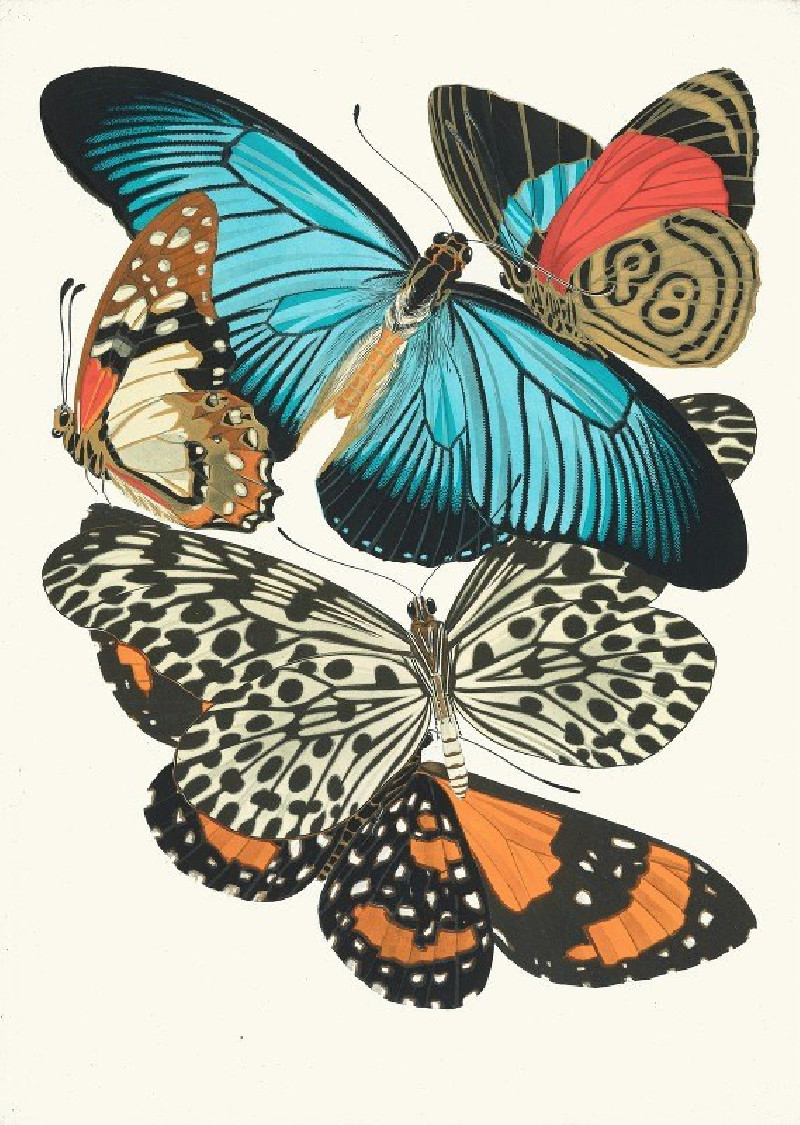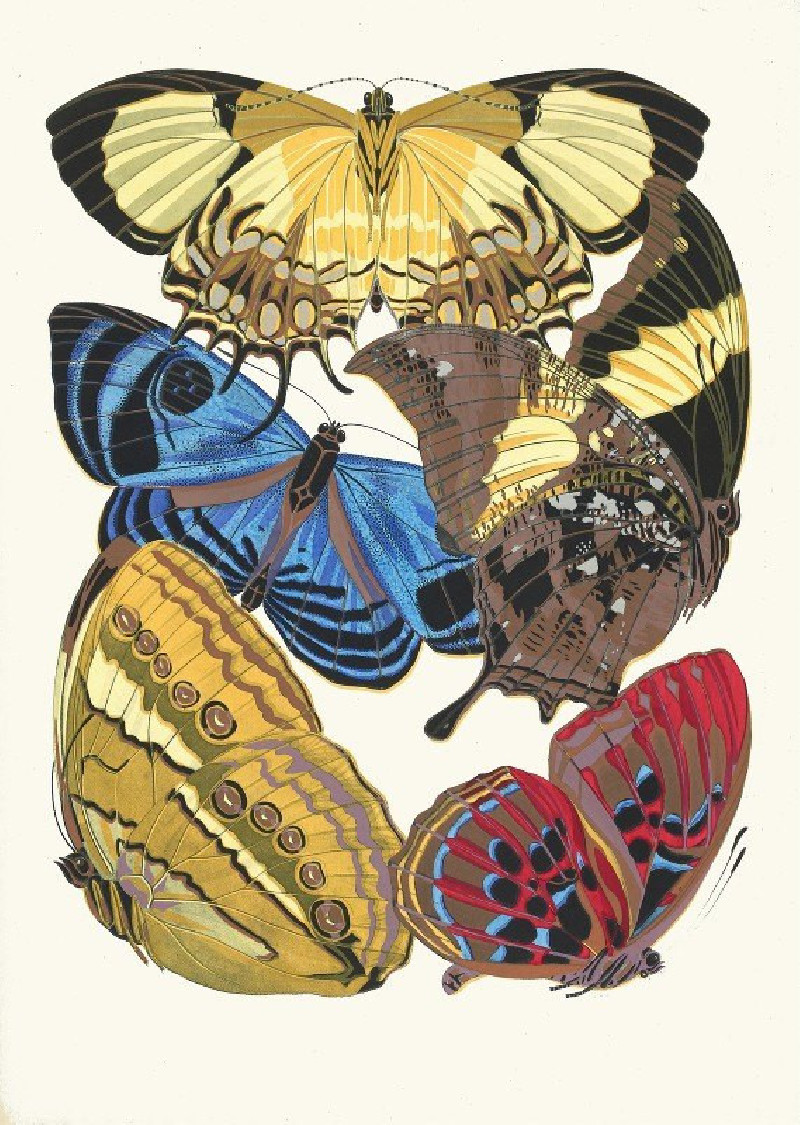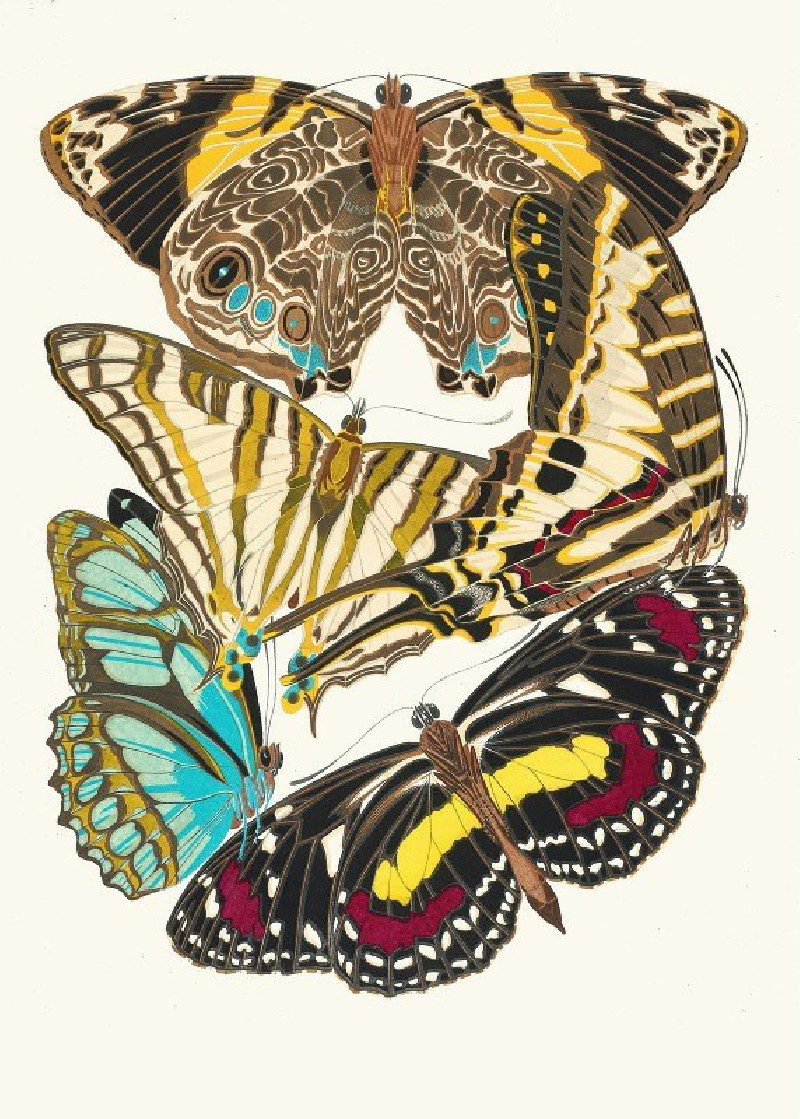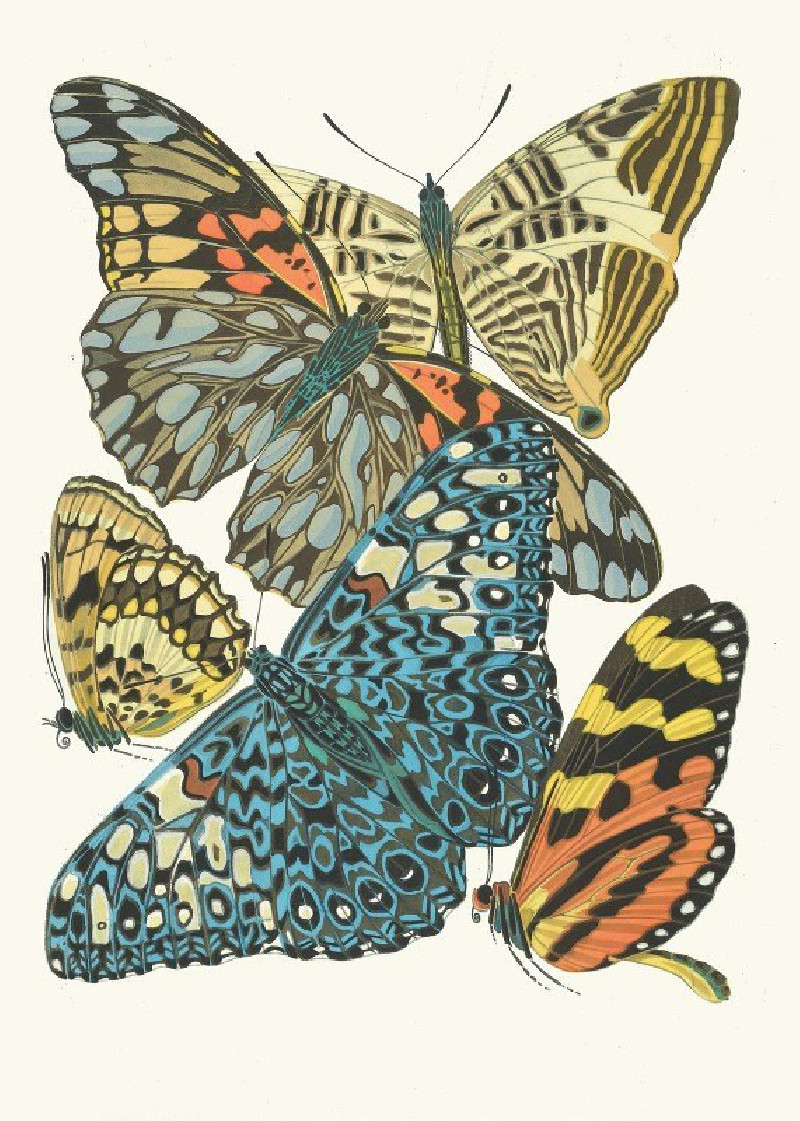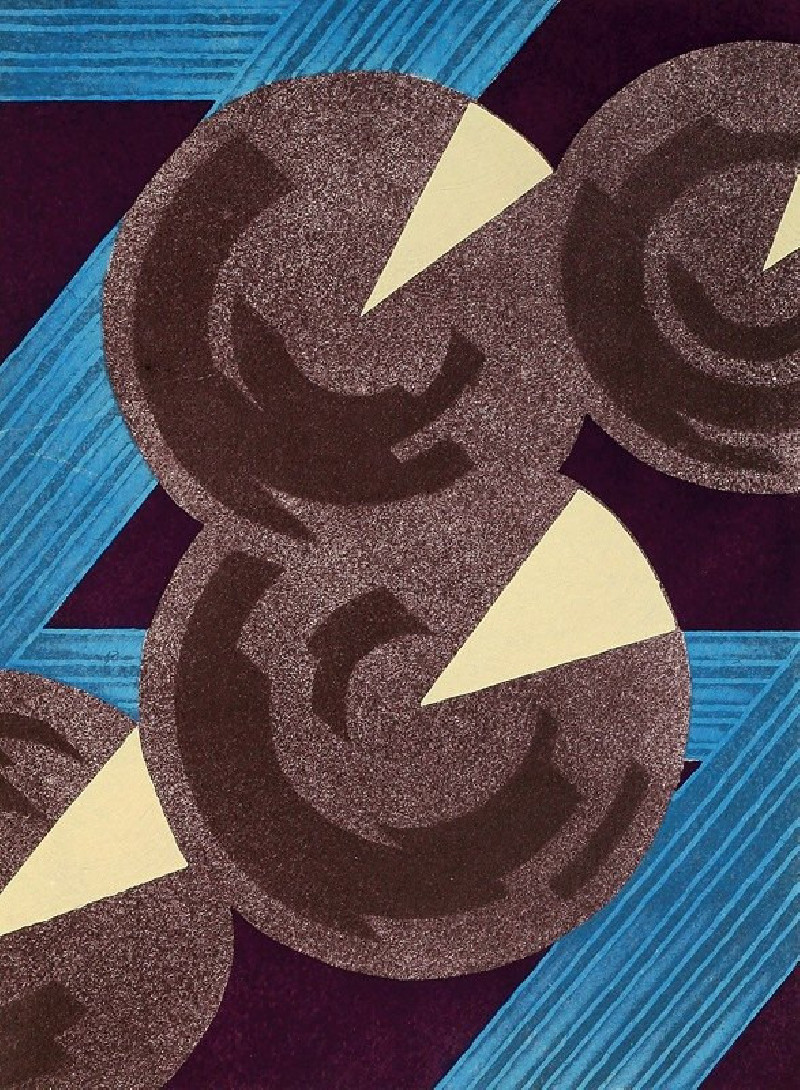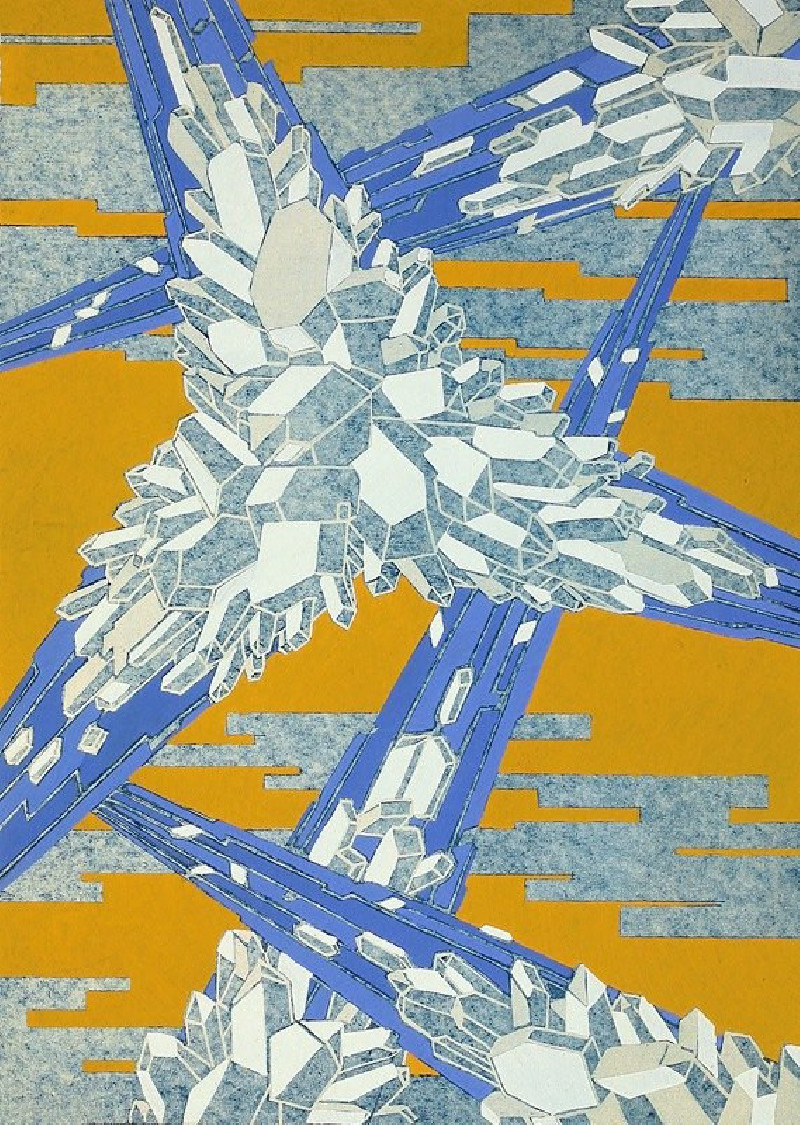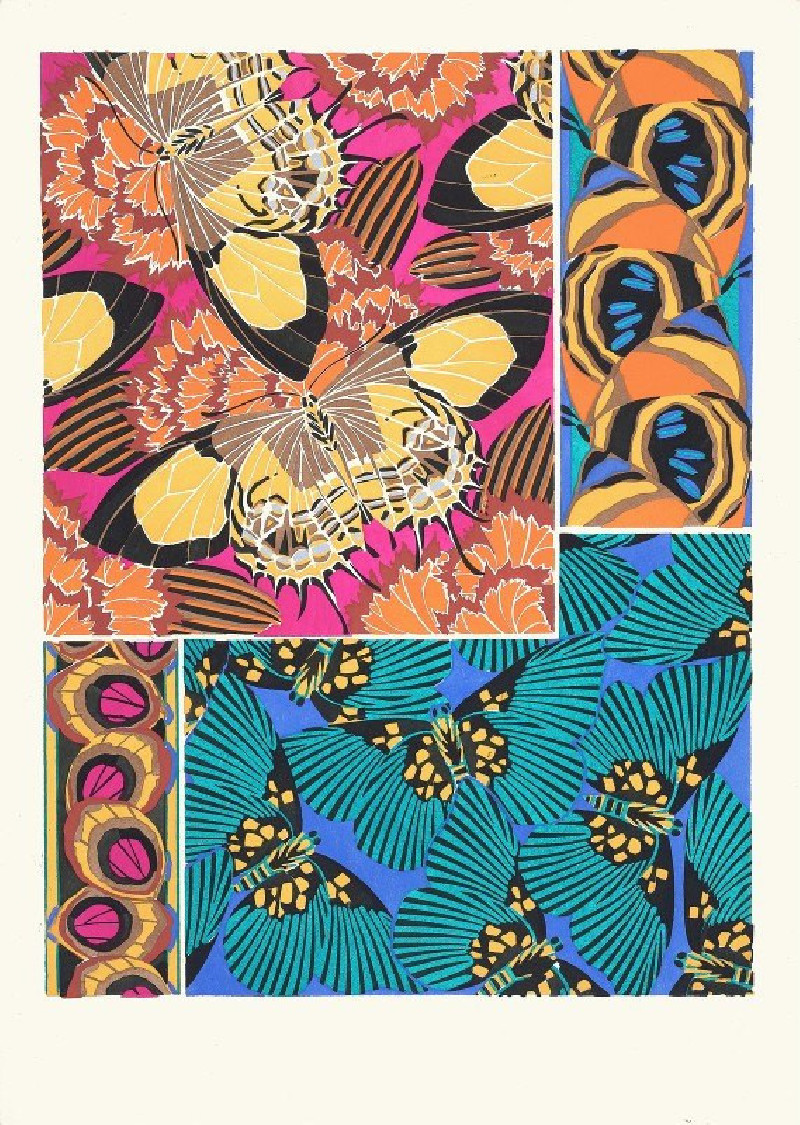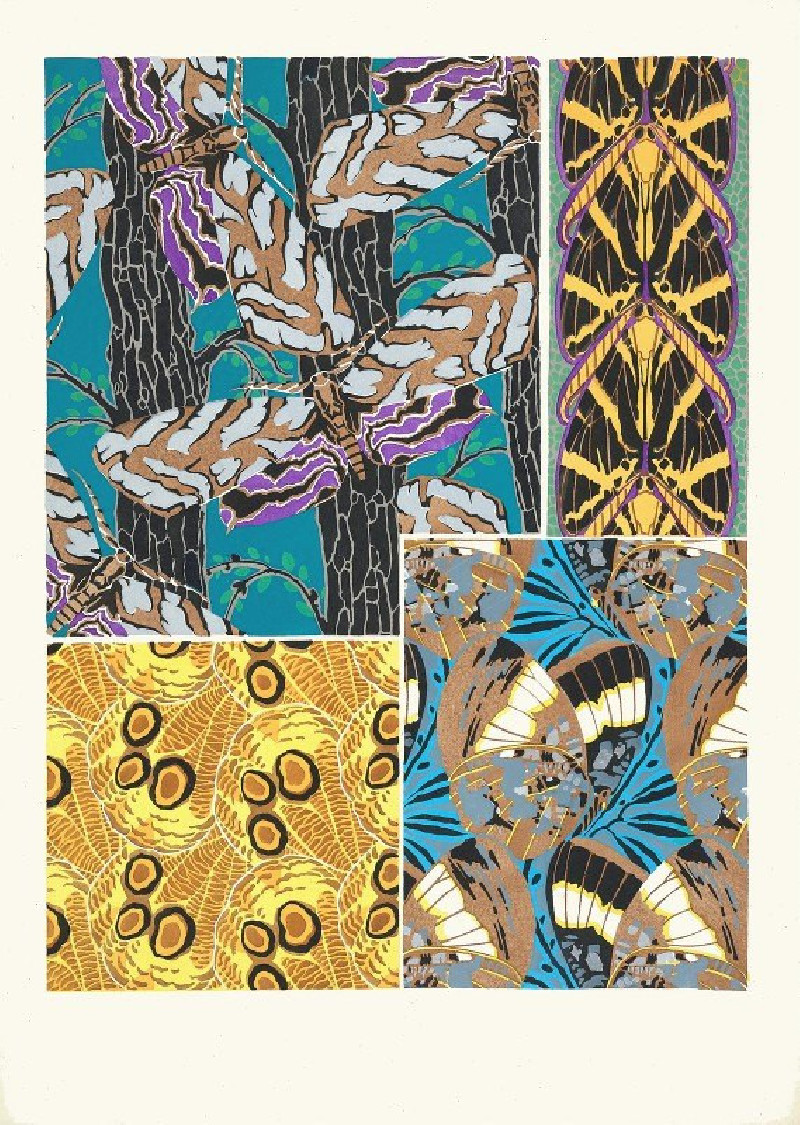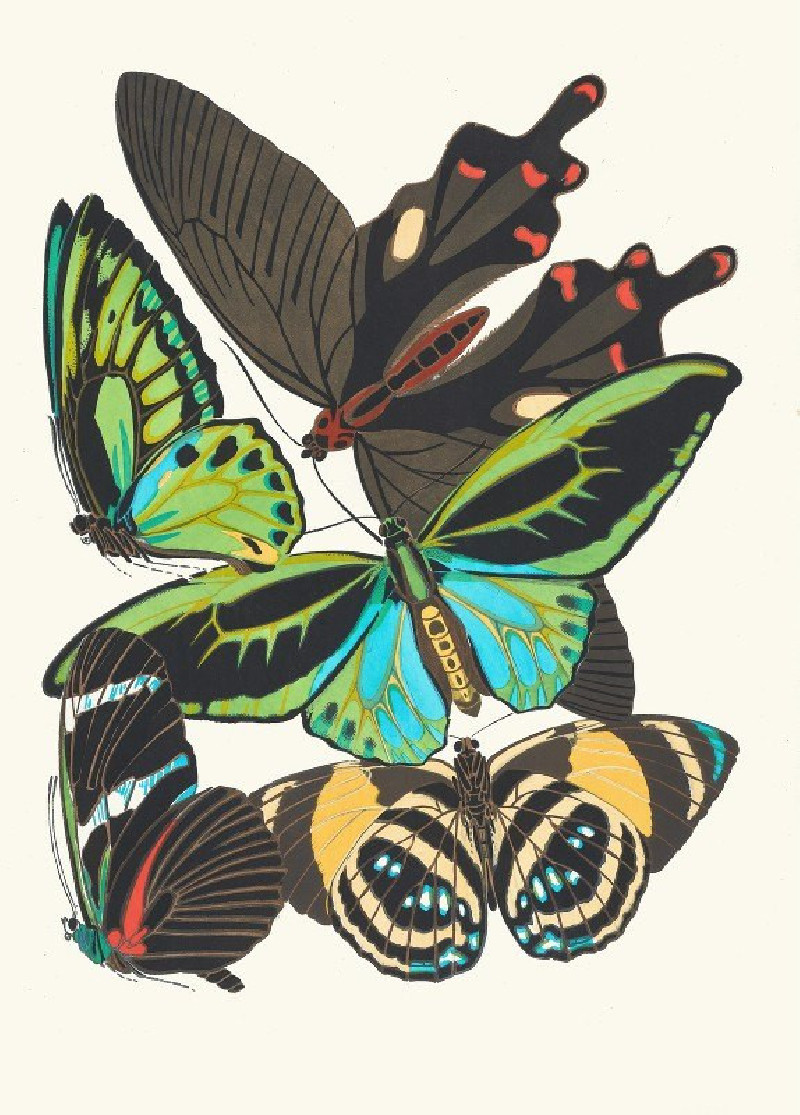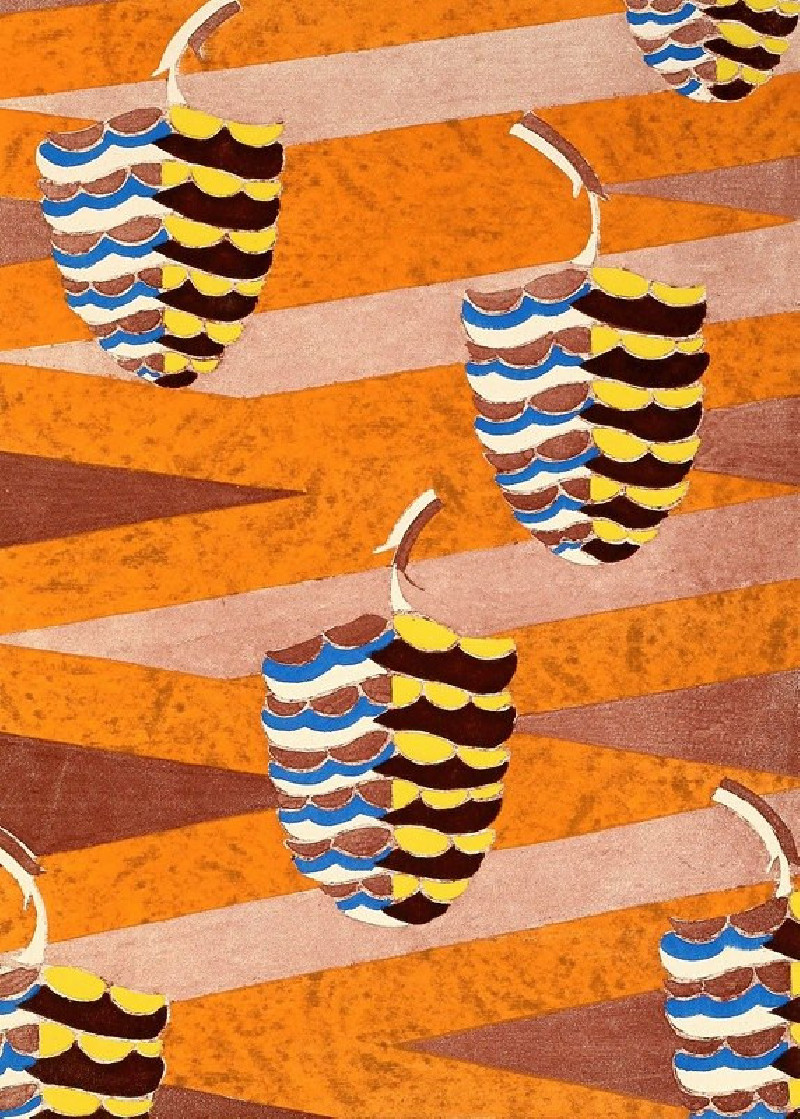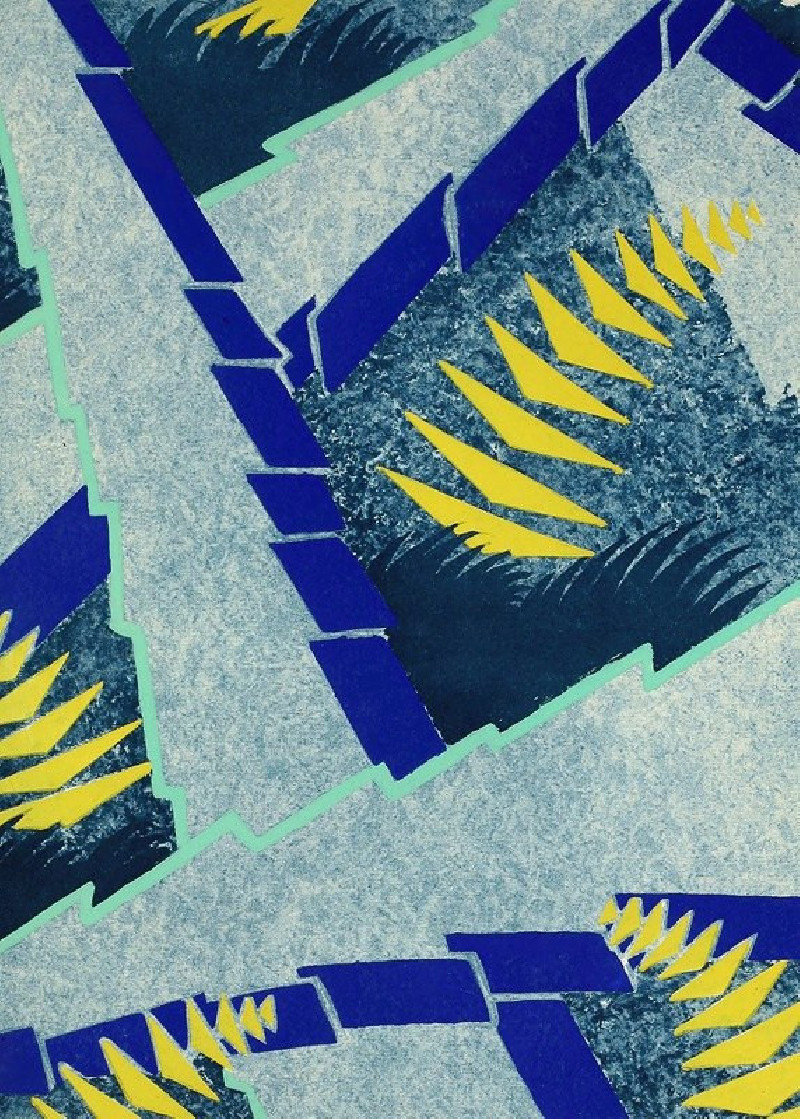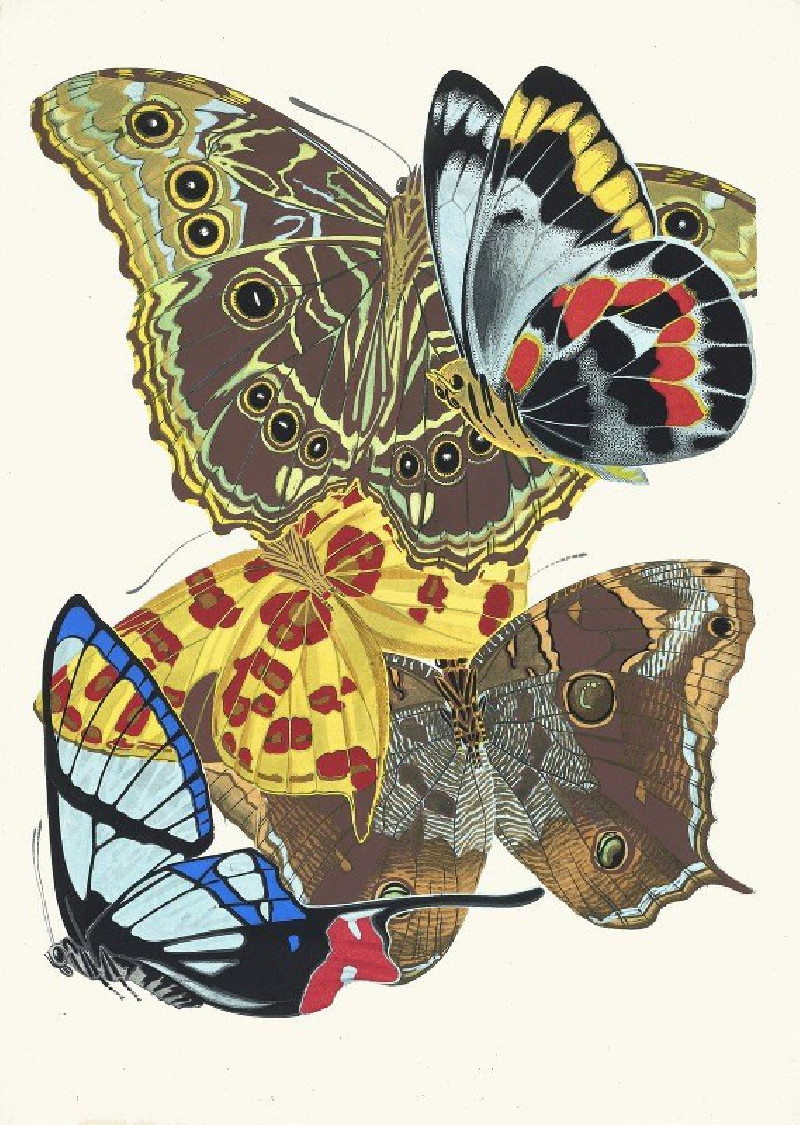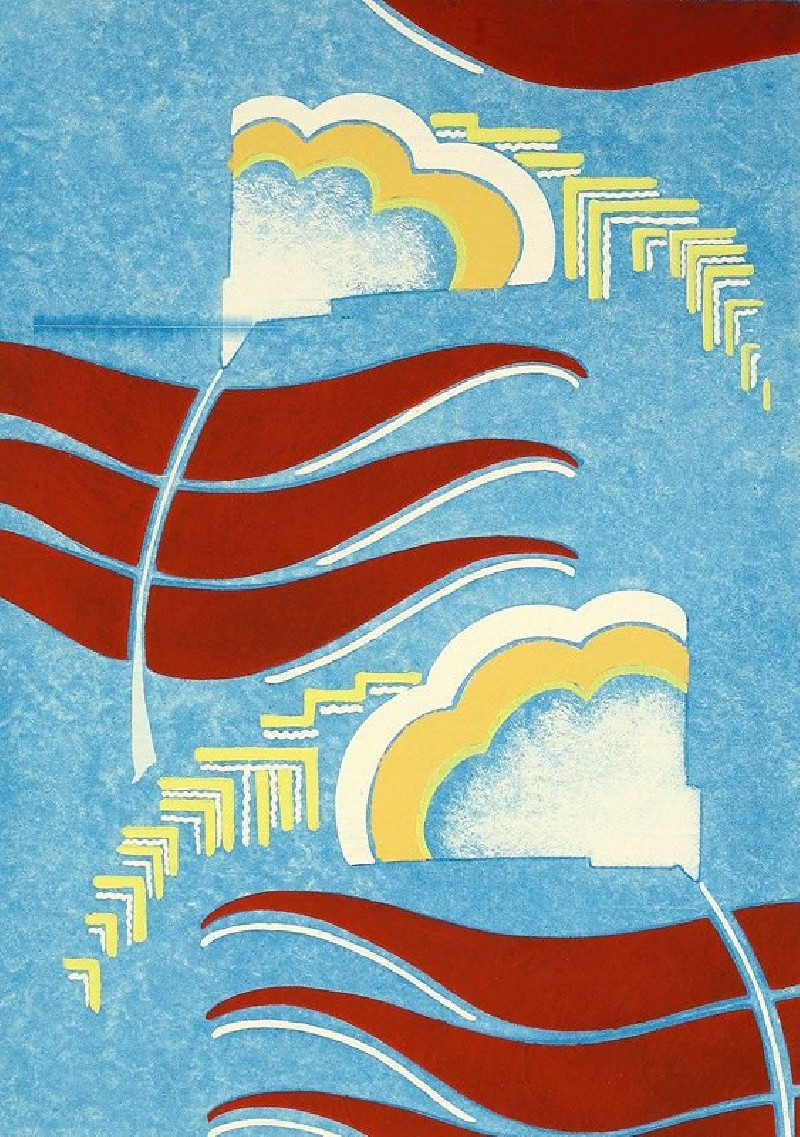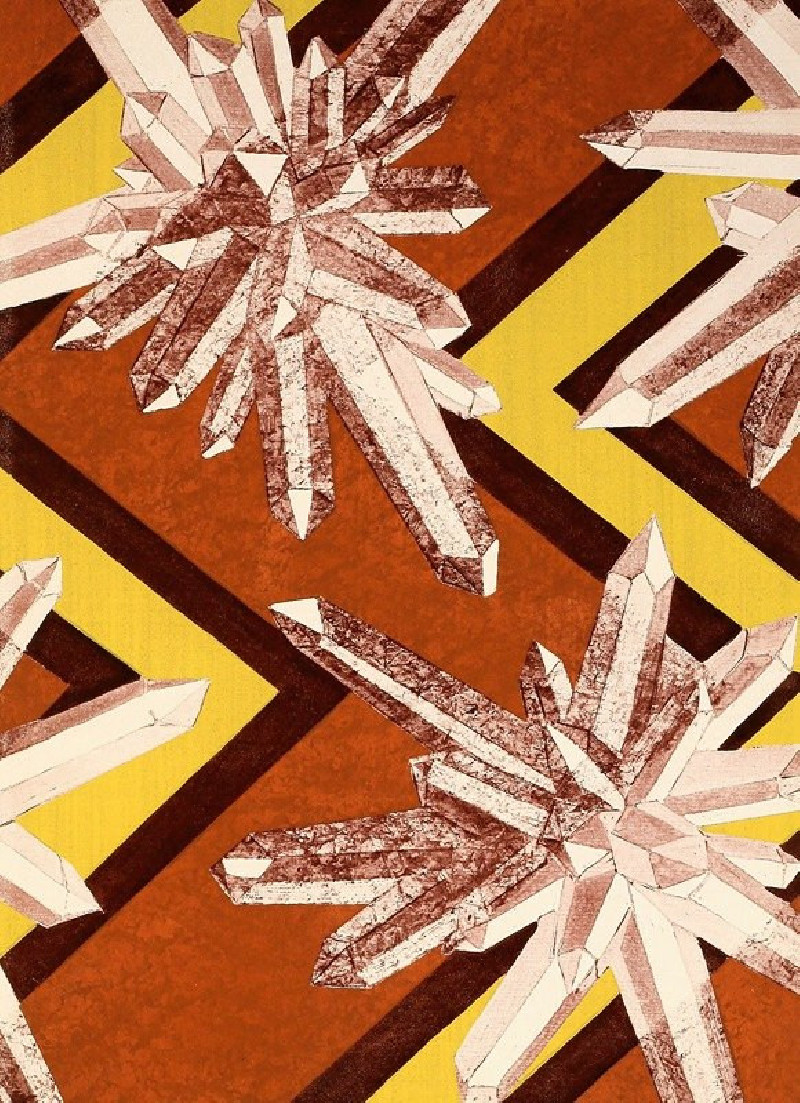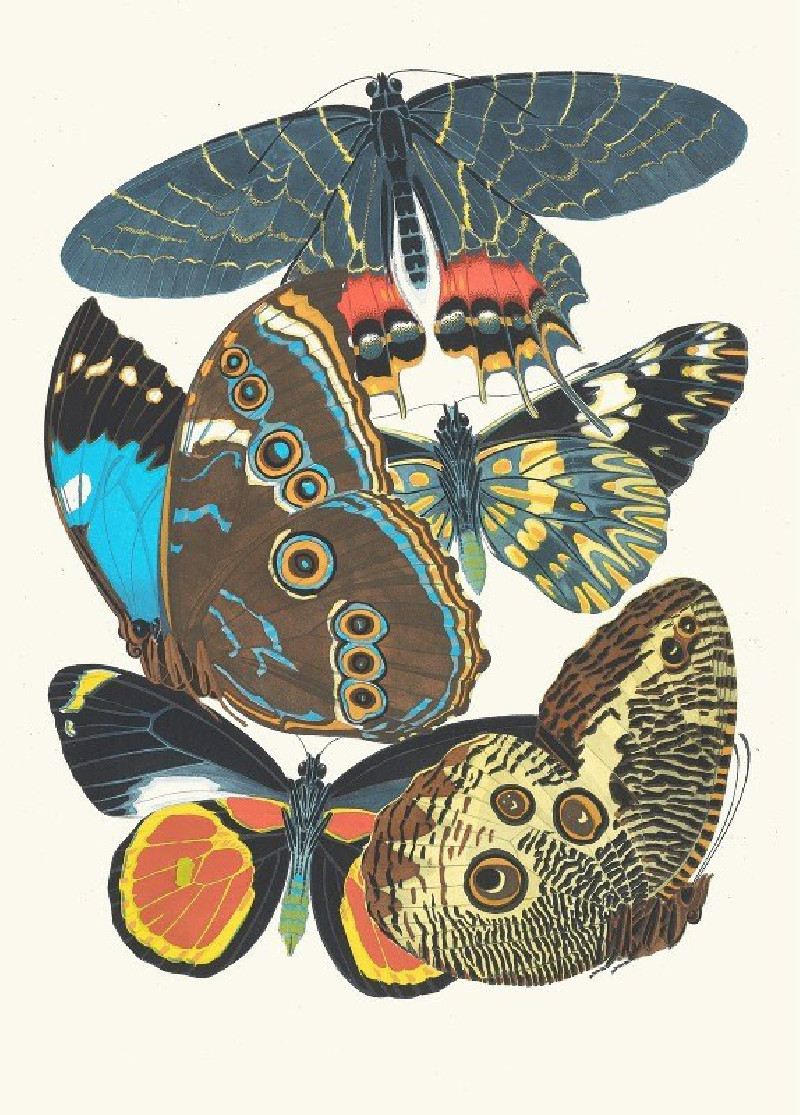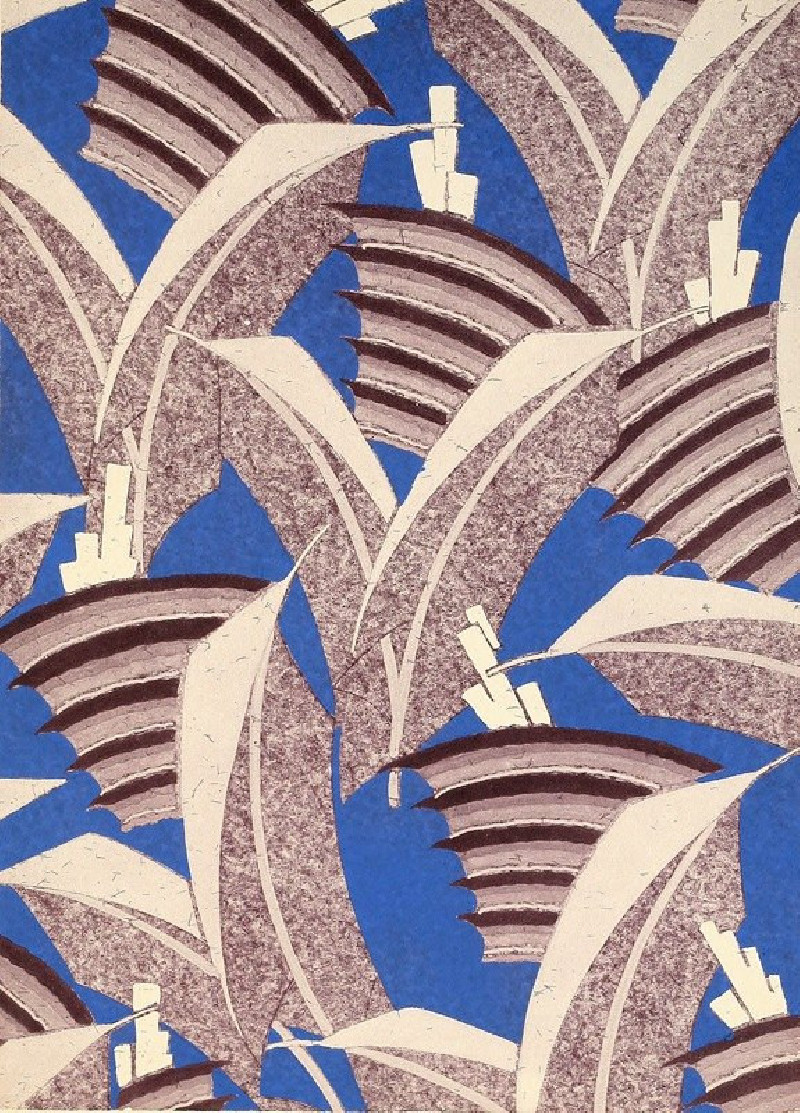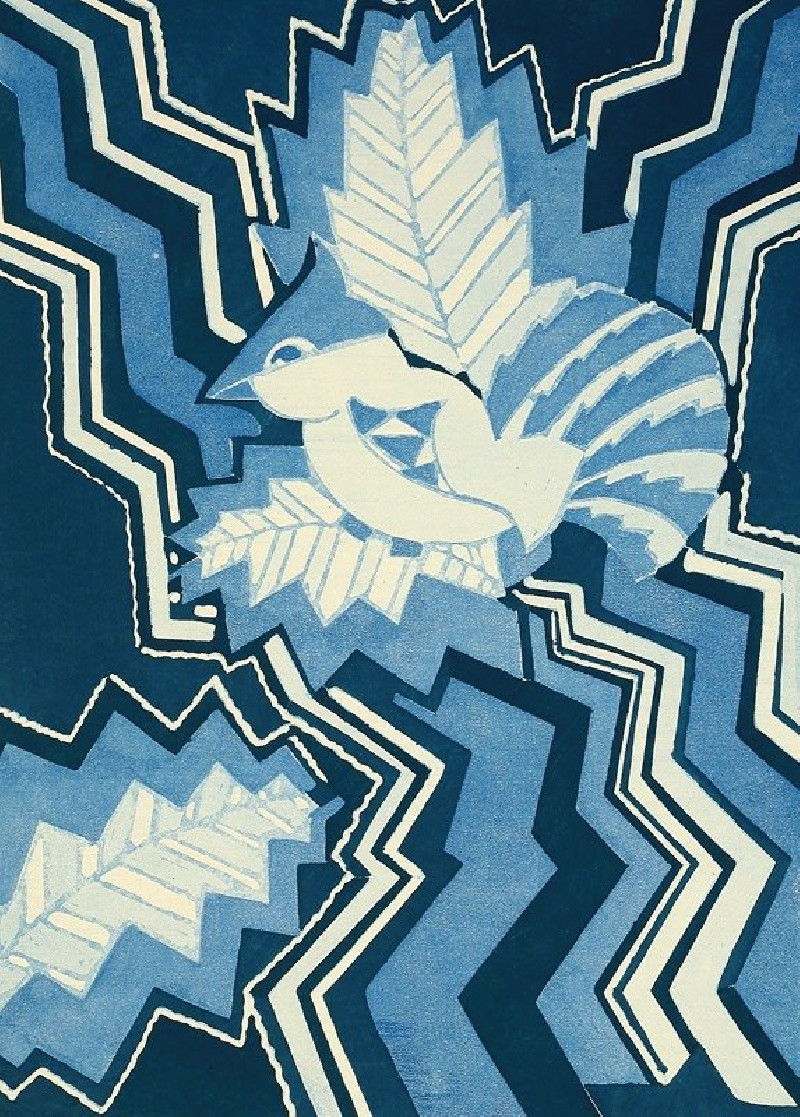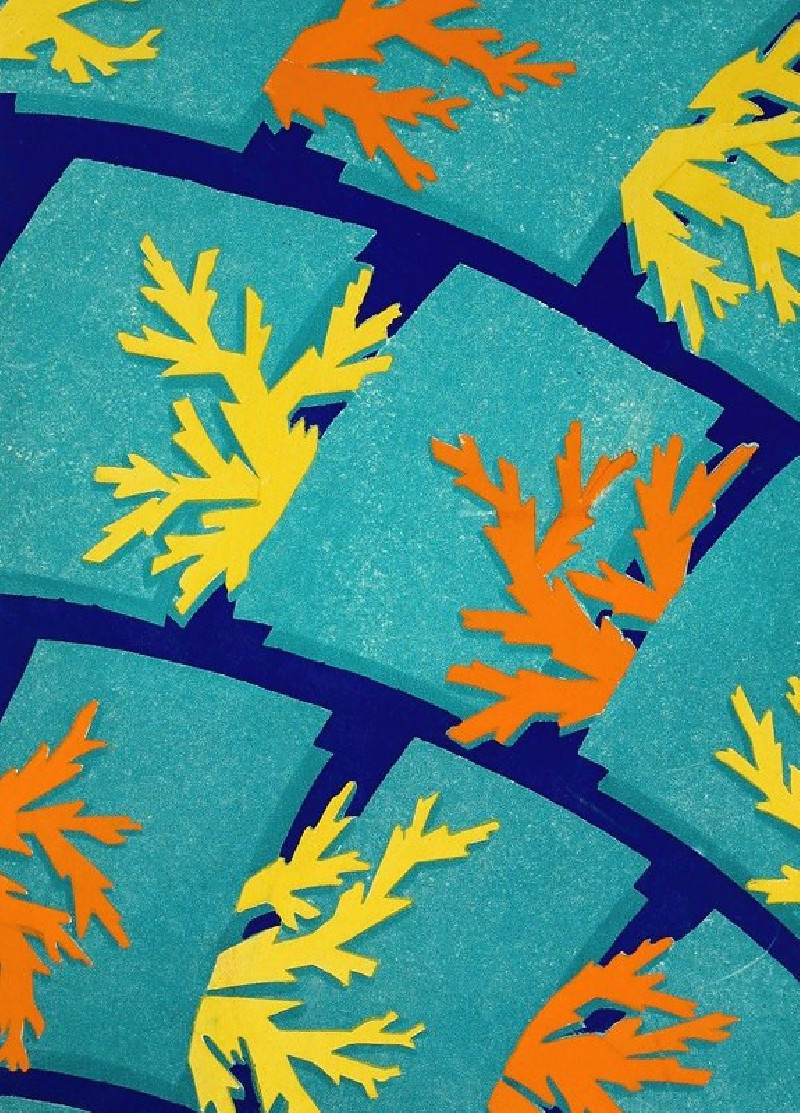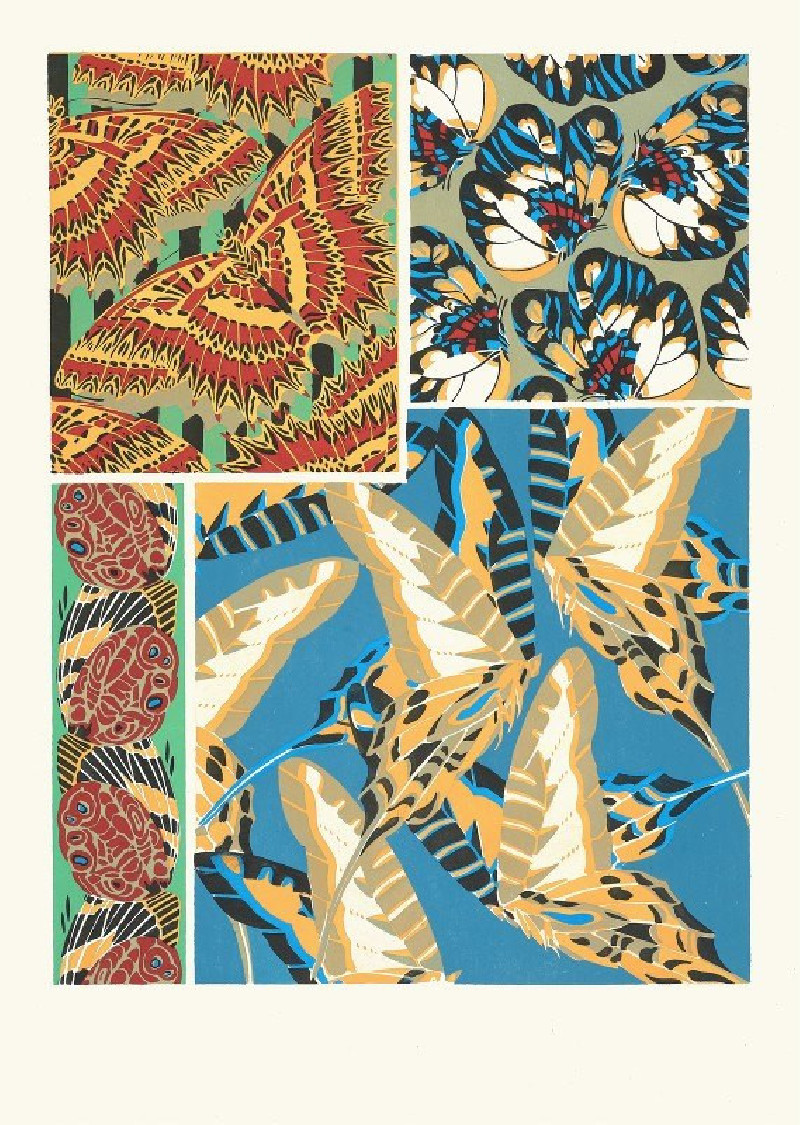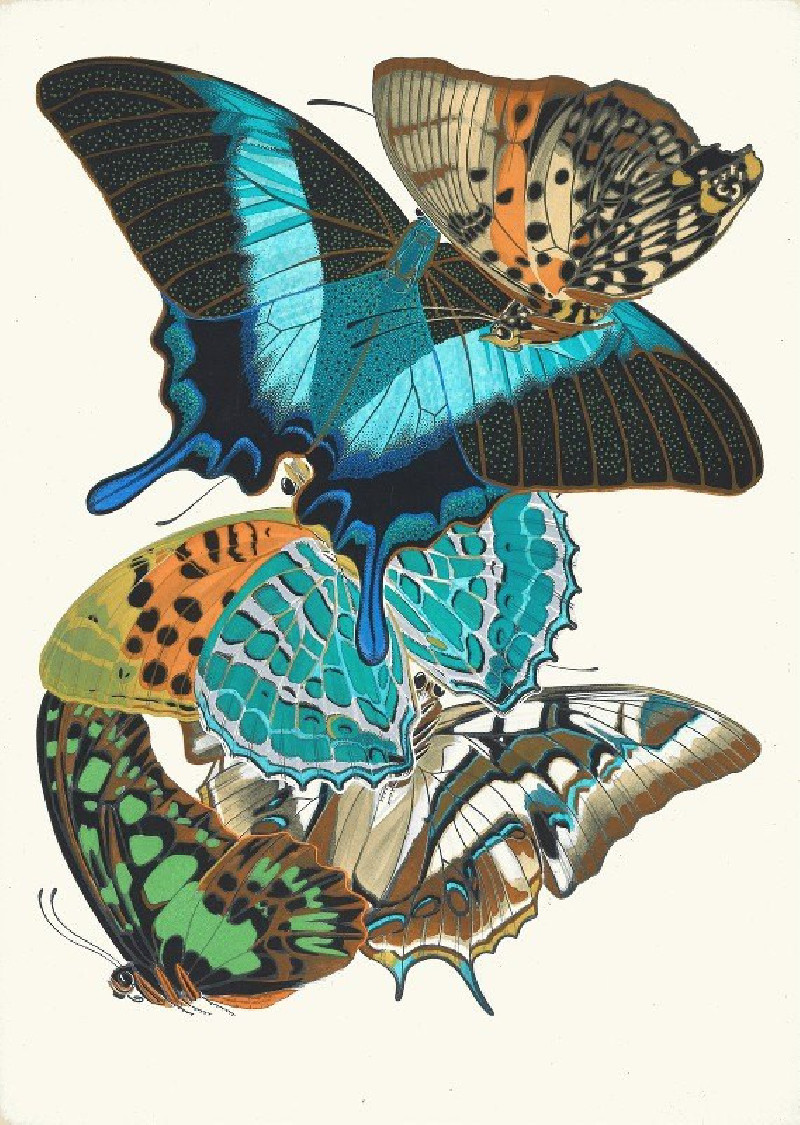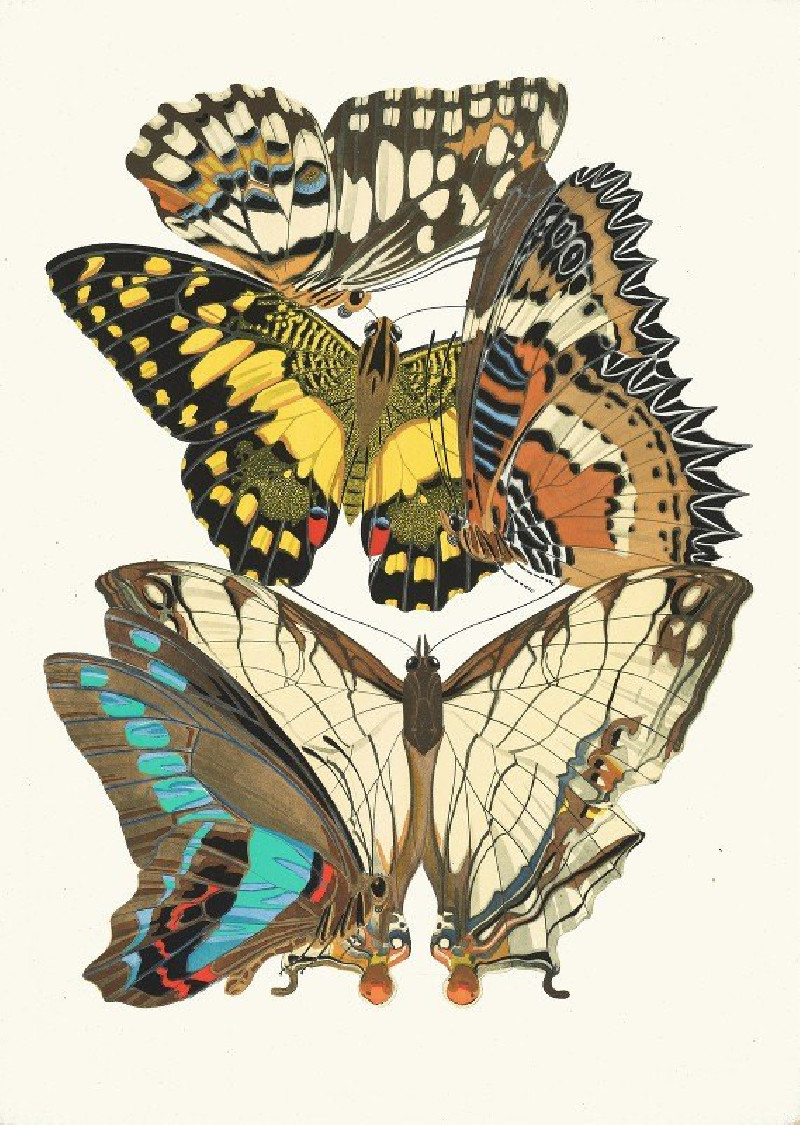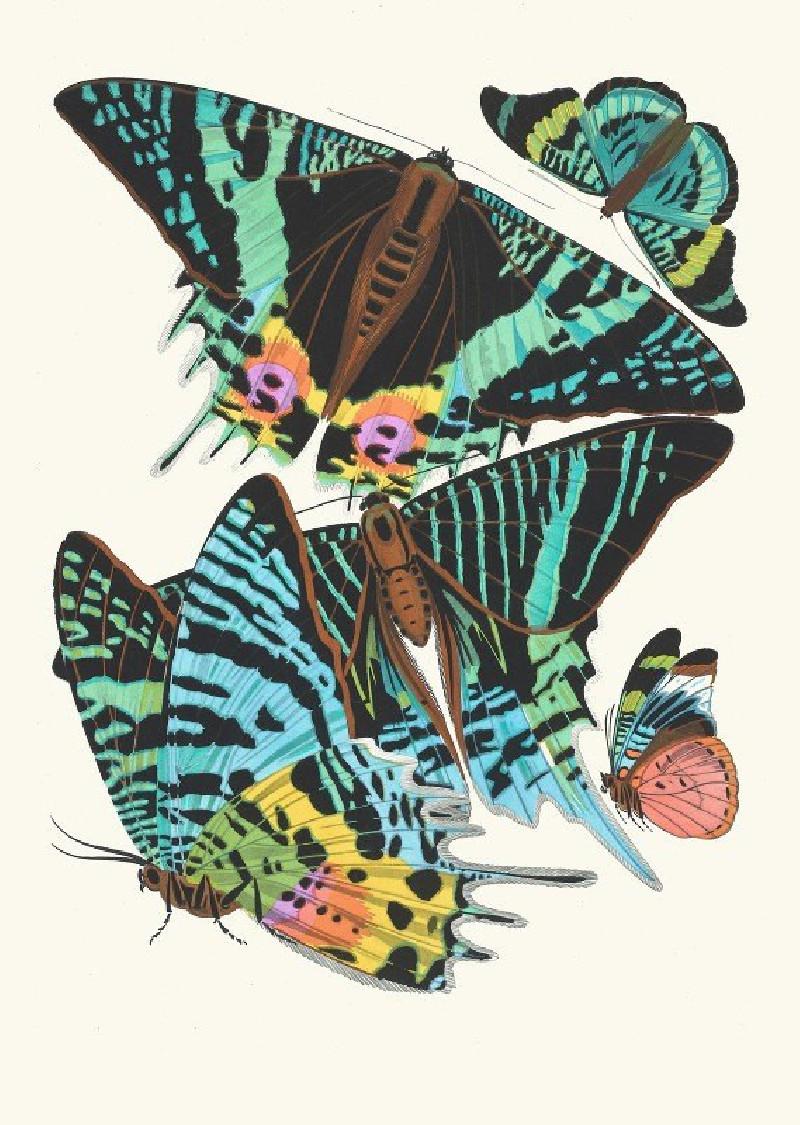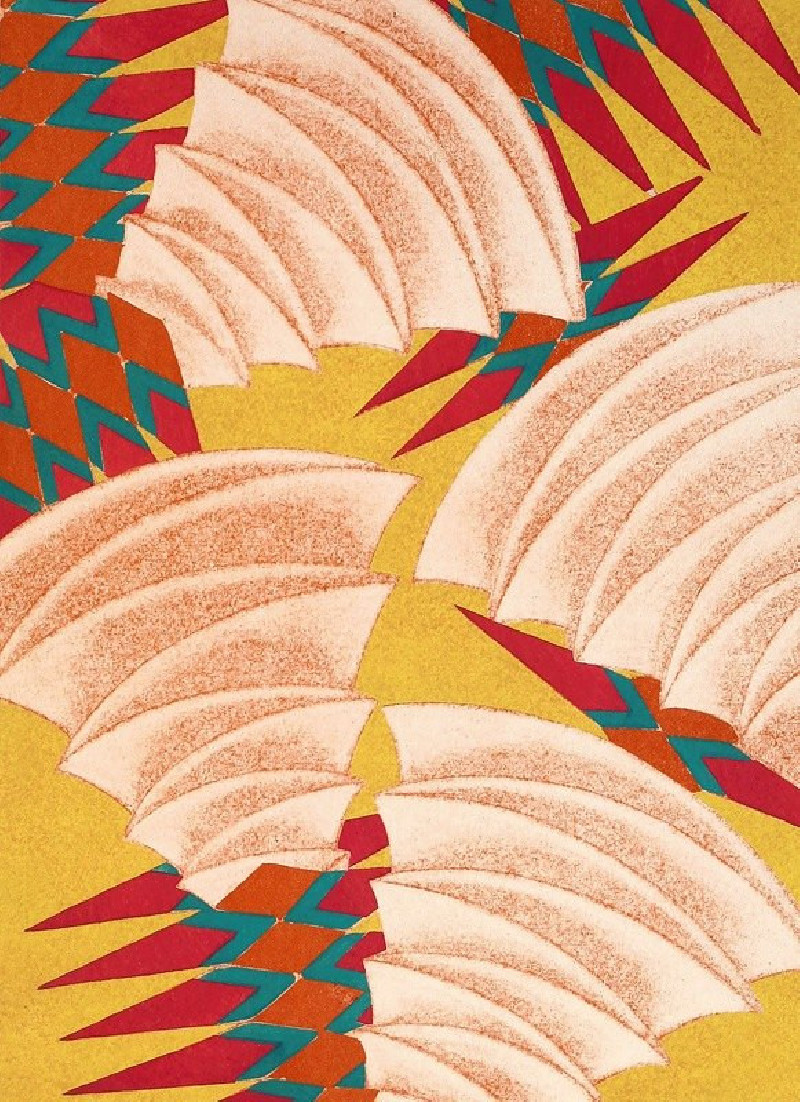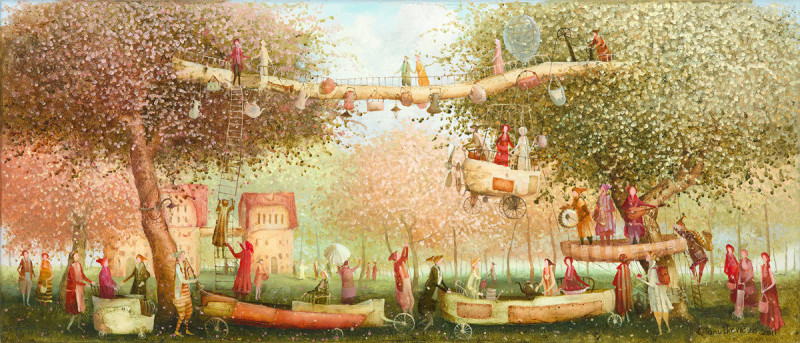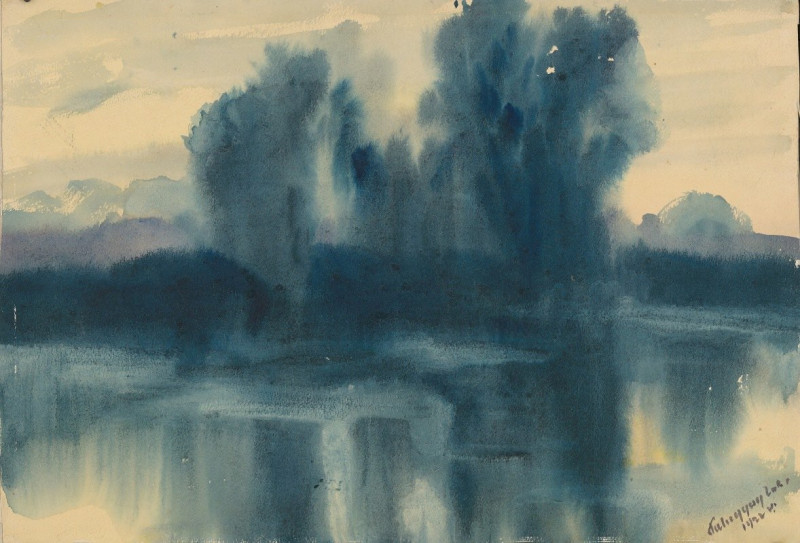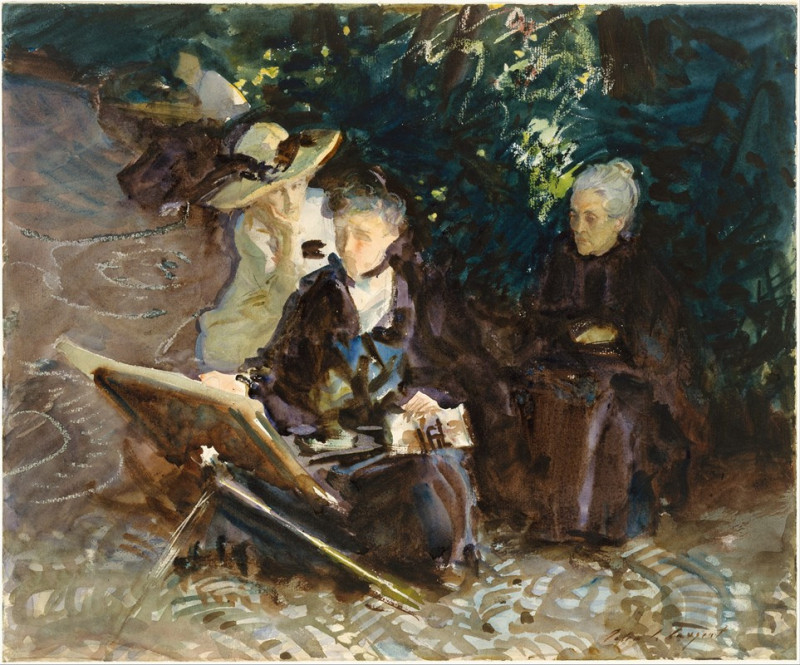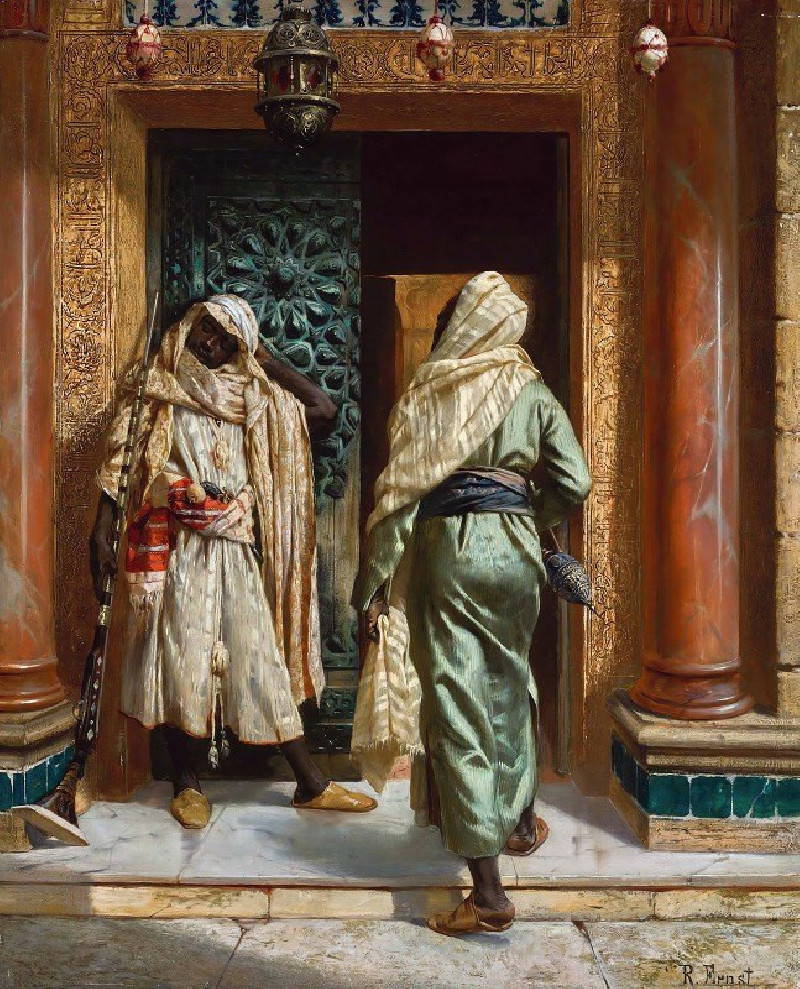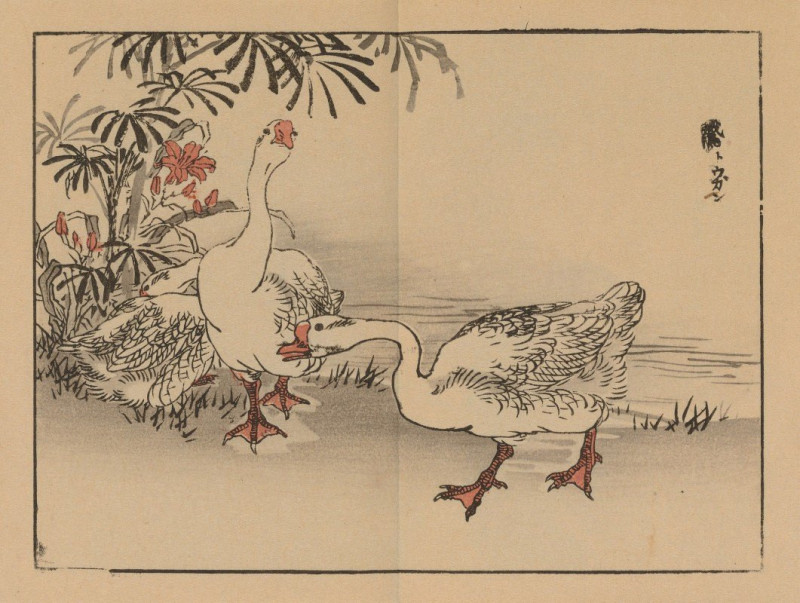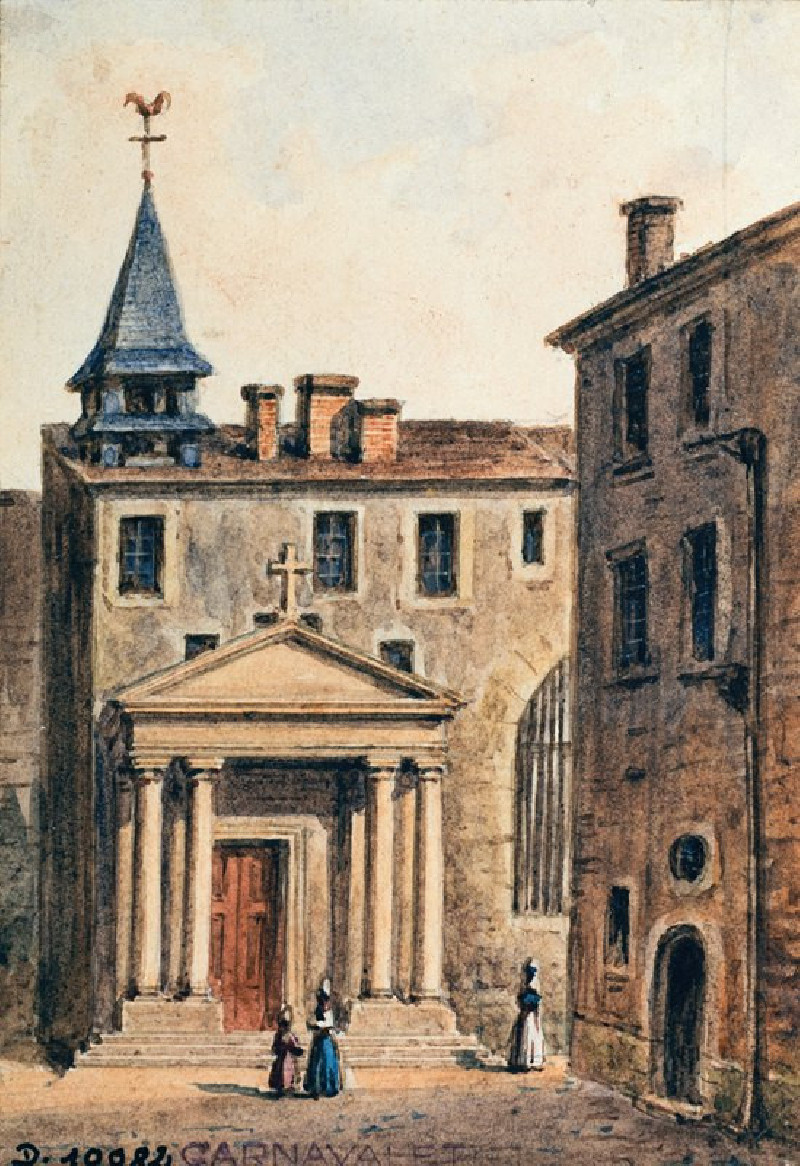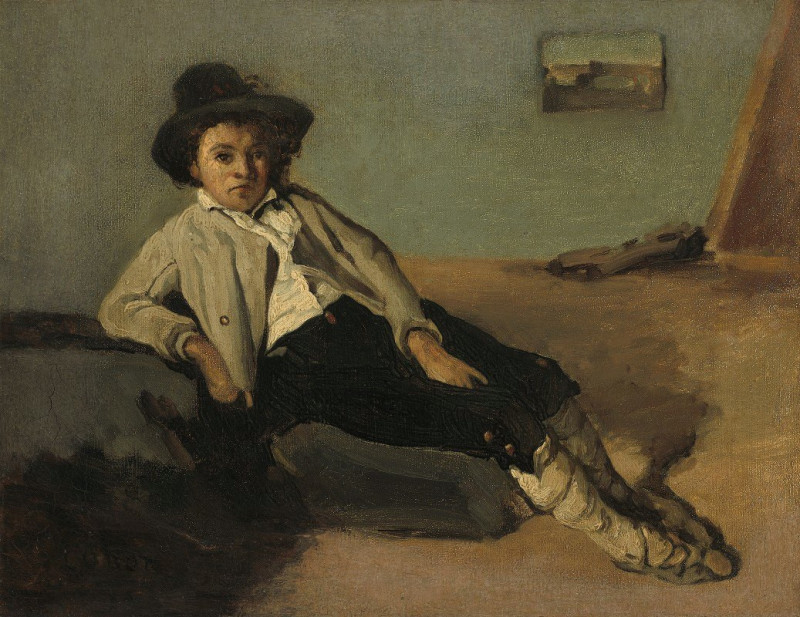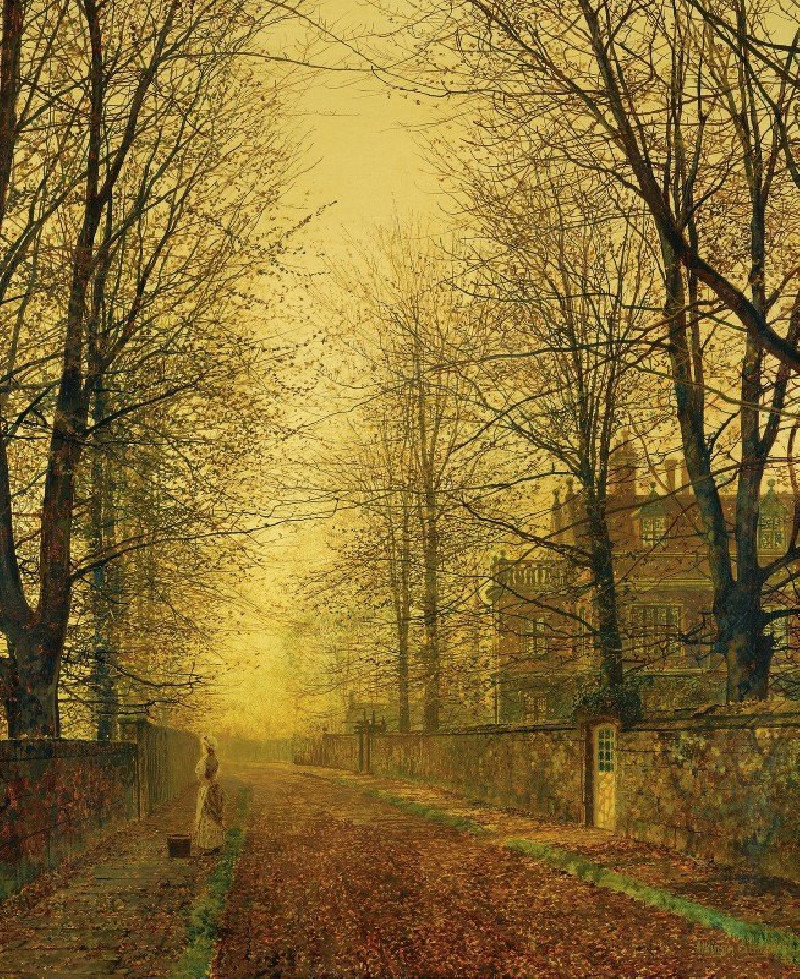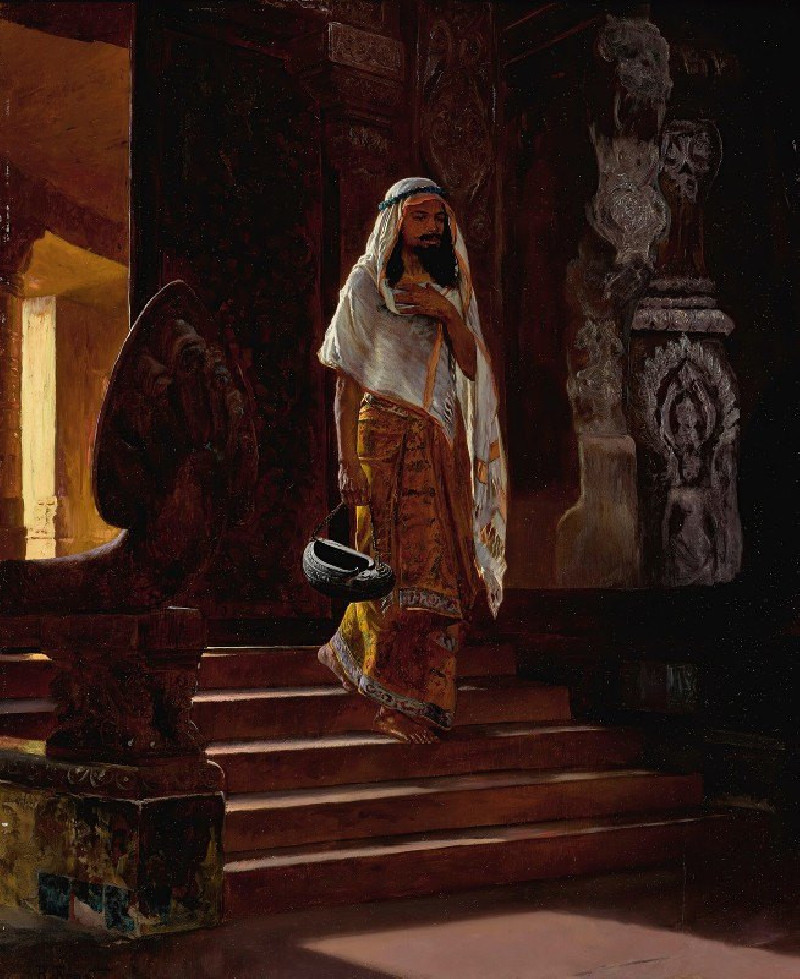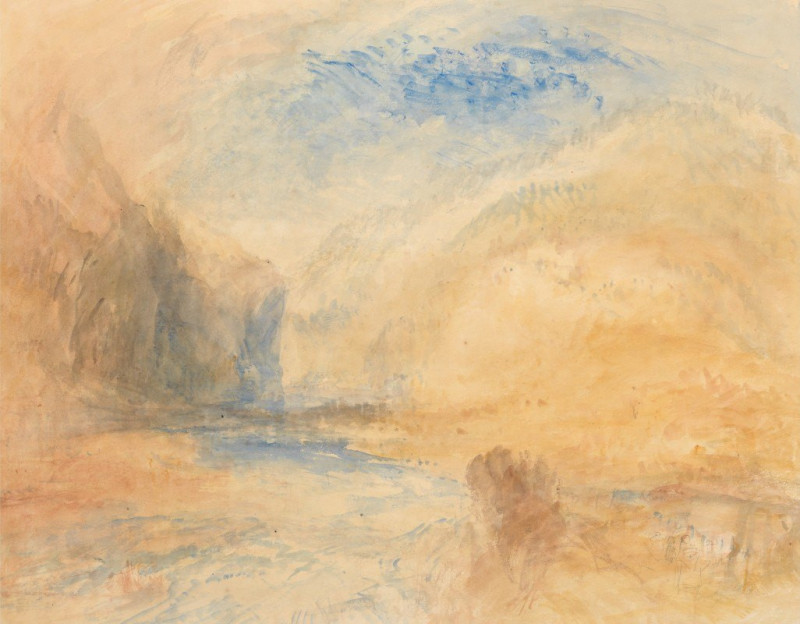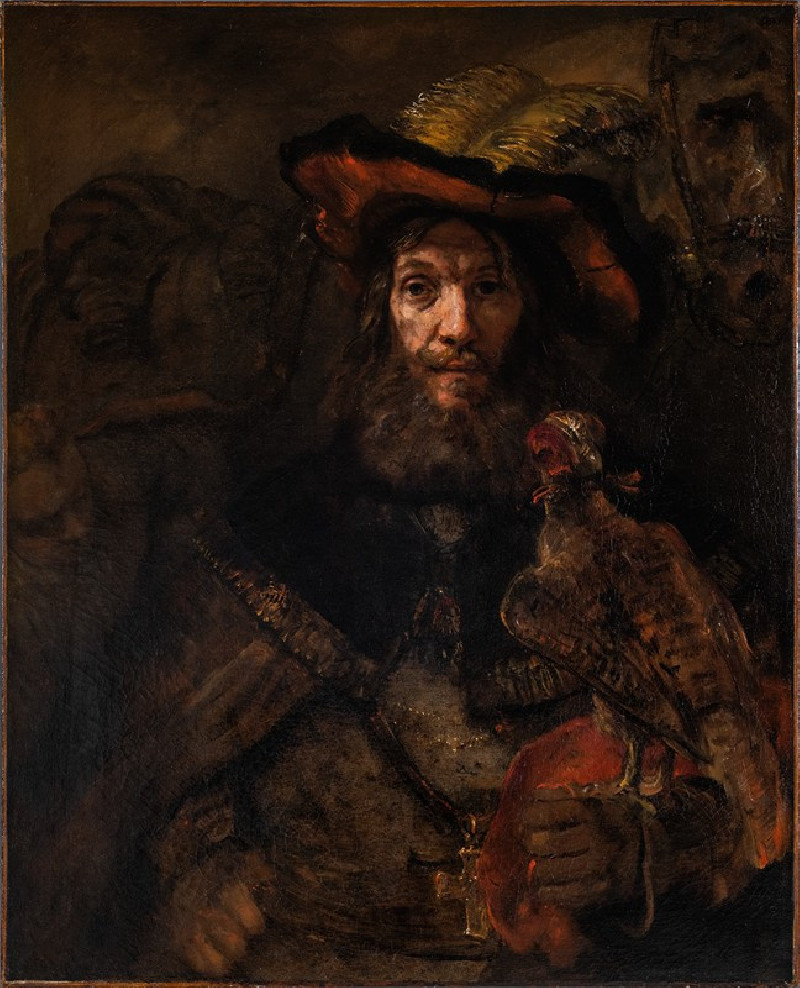Papillons, Pl. 11 (1925)
Technique: Giclée quality print
Recommended by our customers
More about this artwork
11" (1925) by Emile-Allain Séguy"Papillons, Pl. 11," created in 1925 by the French artist Emile-Allain Séguy, is a stunning representation of the beauty and intricacy of butterflies. This artwork features several butterflies, each rendered in vibrant colors and detailed patterns that showcase Séguy’s skillful use of the pochoir technique—a type of stenciling used in art and decorative design. The butterflies are depicted in various poses, allowing viewers to admire their magnificent wing patterns and colors that range from deep blues and bright oranges to intricate patterns of black and white.Emile-Allain Séguy, known for his dedication to capturing the beauty of the natural world, brings these creatures to life on paper with a precision that both educates and delights the observer. Each butterfly seems almost ready to flutter off the page, thanks to Séguy's masterful ability to blend art with scientific accuracy.This particular plate is part of Séguy's larger portfolio, "Papillons," which consists of 20 plates illustrating a total of 81 butterfly and moth species. These works not only highlight the artist's passion for entomology but also reflect the Art Deco movement's fascination with nature, symmetry, and vibrant colors. "Papillons, Pl. 11" is a testament to Séguy's enduring legacy in the realms of both art and natural history, inspiring awe with its meticulous detail and rich coloration.
Delivery
Returns
Emile-Allain Séguy was a popular French designer throughout the Art Deco and Art Nouveau movements of the 1920s. Often confused with the French entomologist Eugene Séguy who was active during the same time period, E.A. Séguy designed primarily patterns and textiles and was heavily influenced by the natural world. He was particularly fond of the intricate patterns and beauty of insects (Eugene would have approved), which he saw as “mechanic wonders” that provided abundant inspiration for interior design (Schiff, 157).

